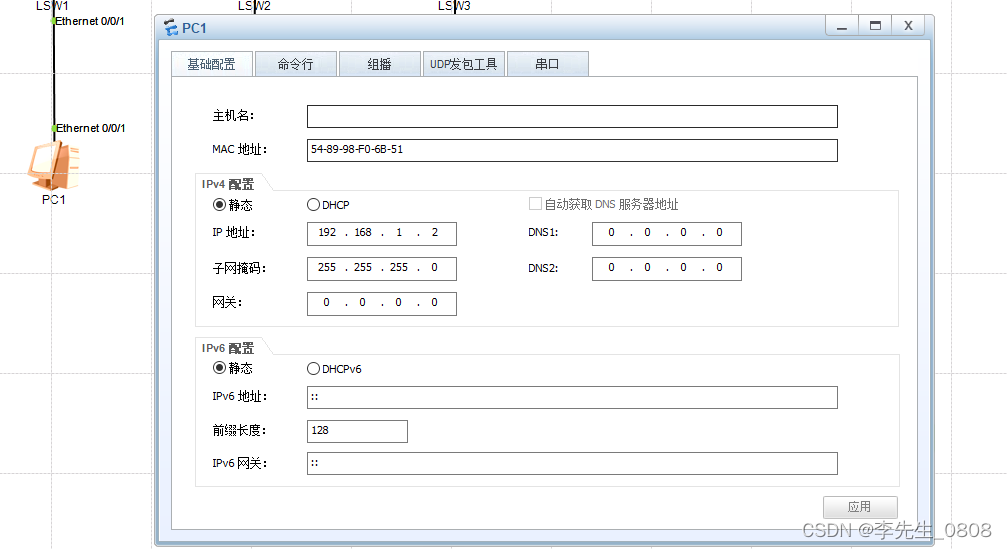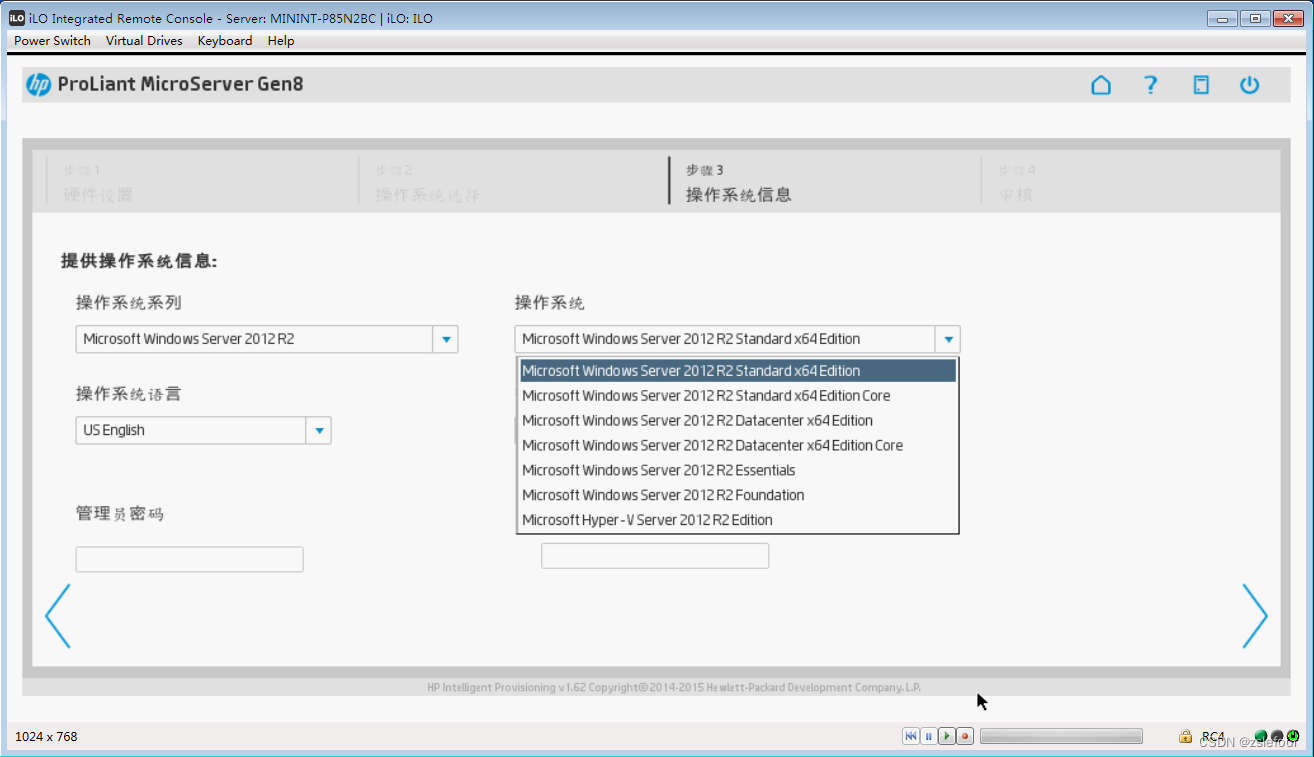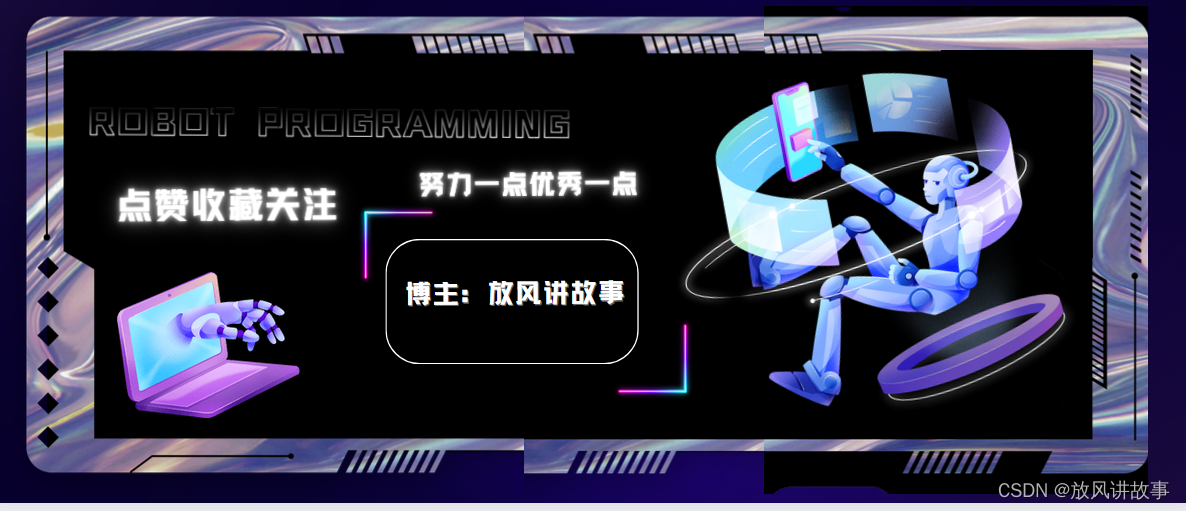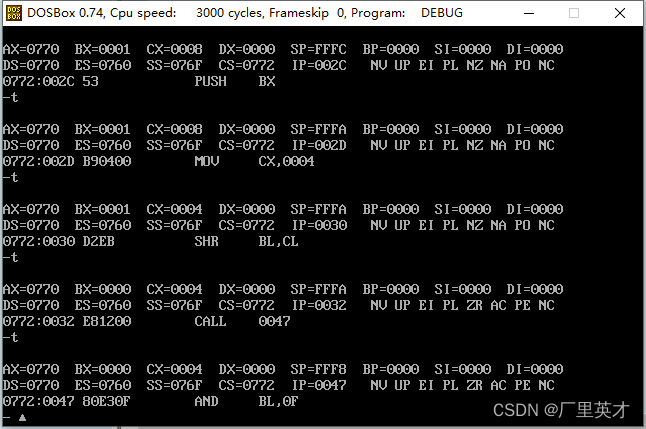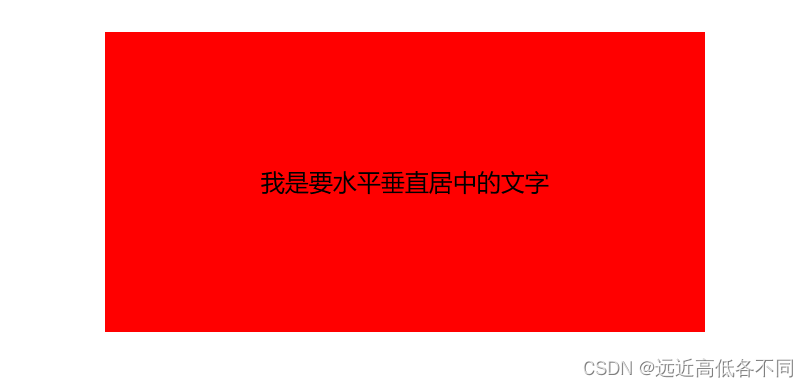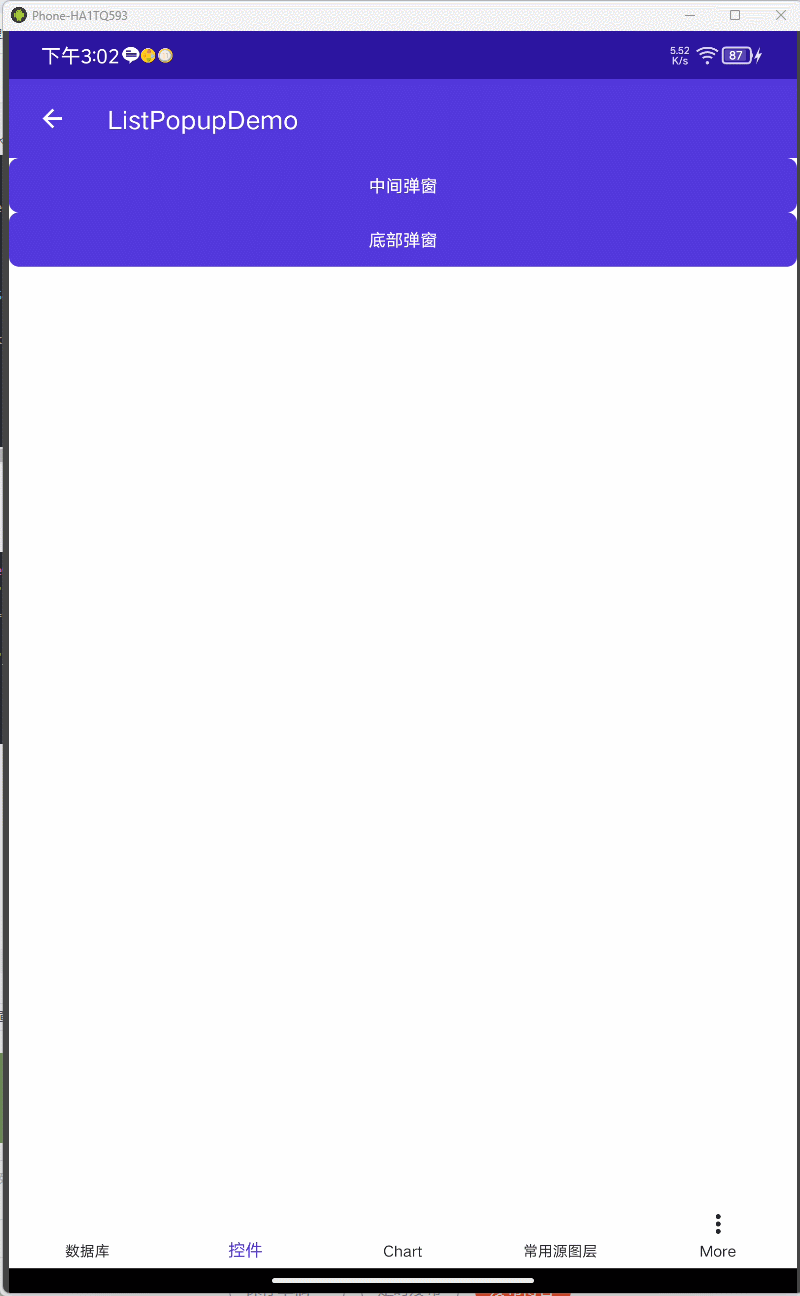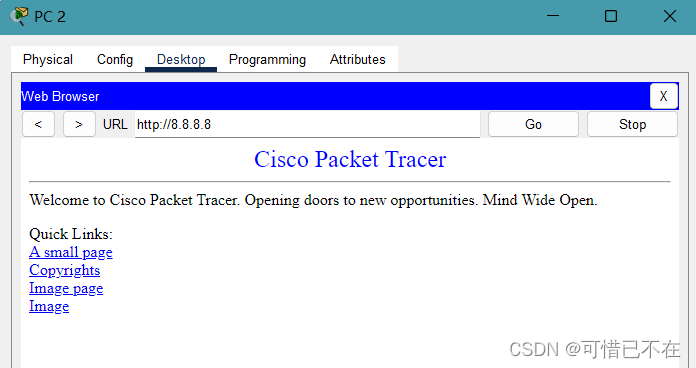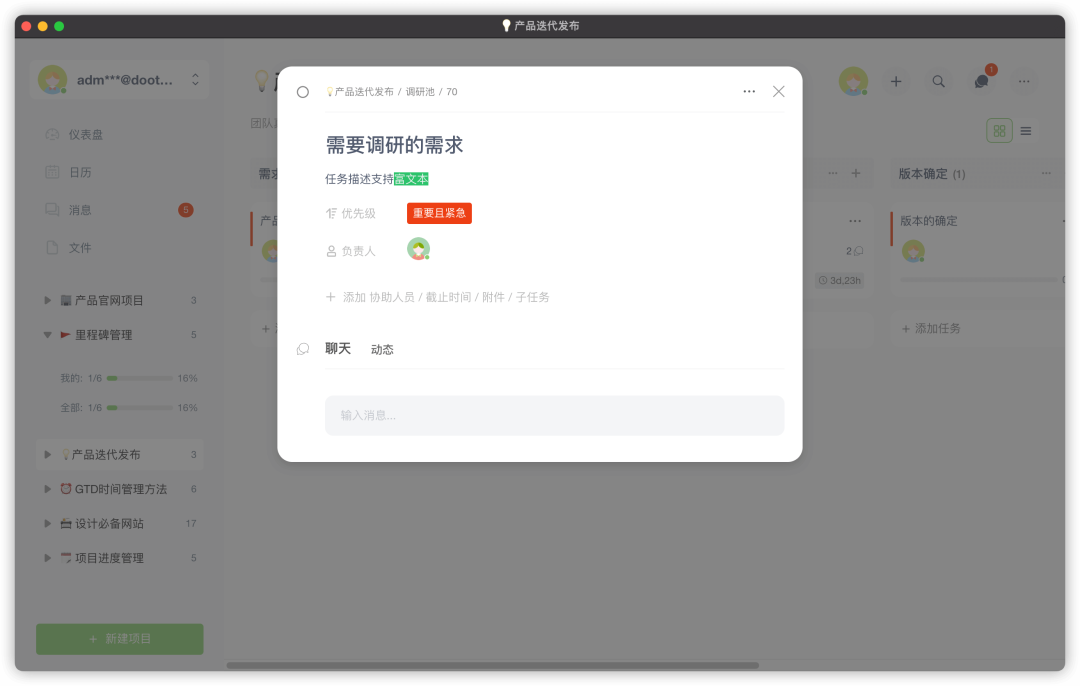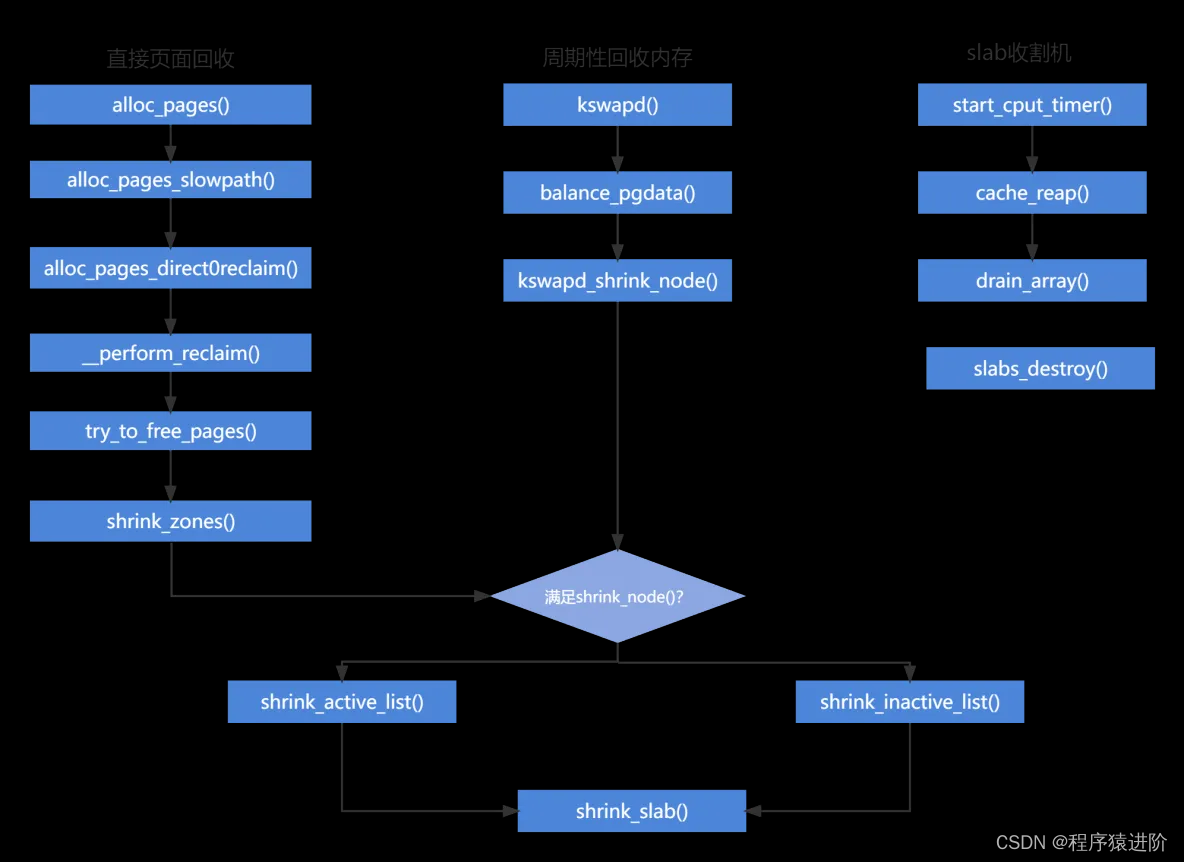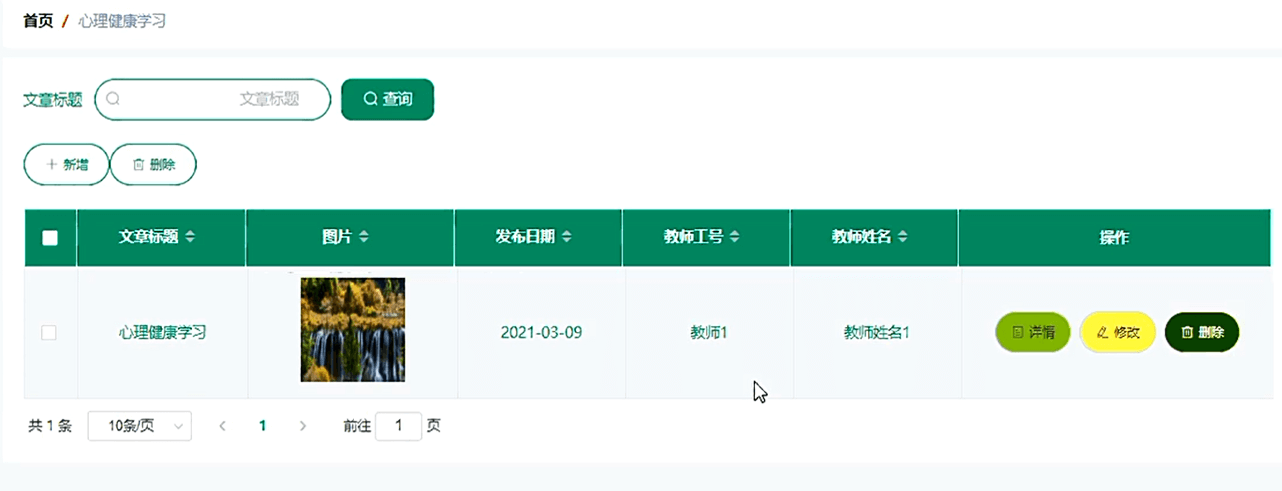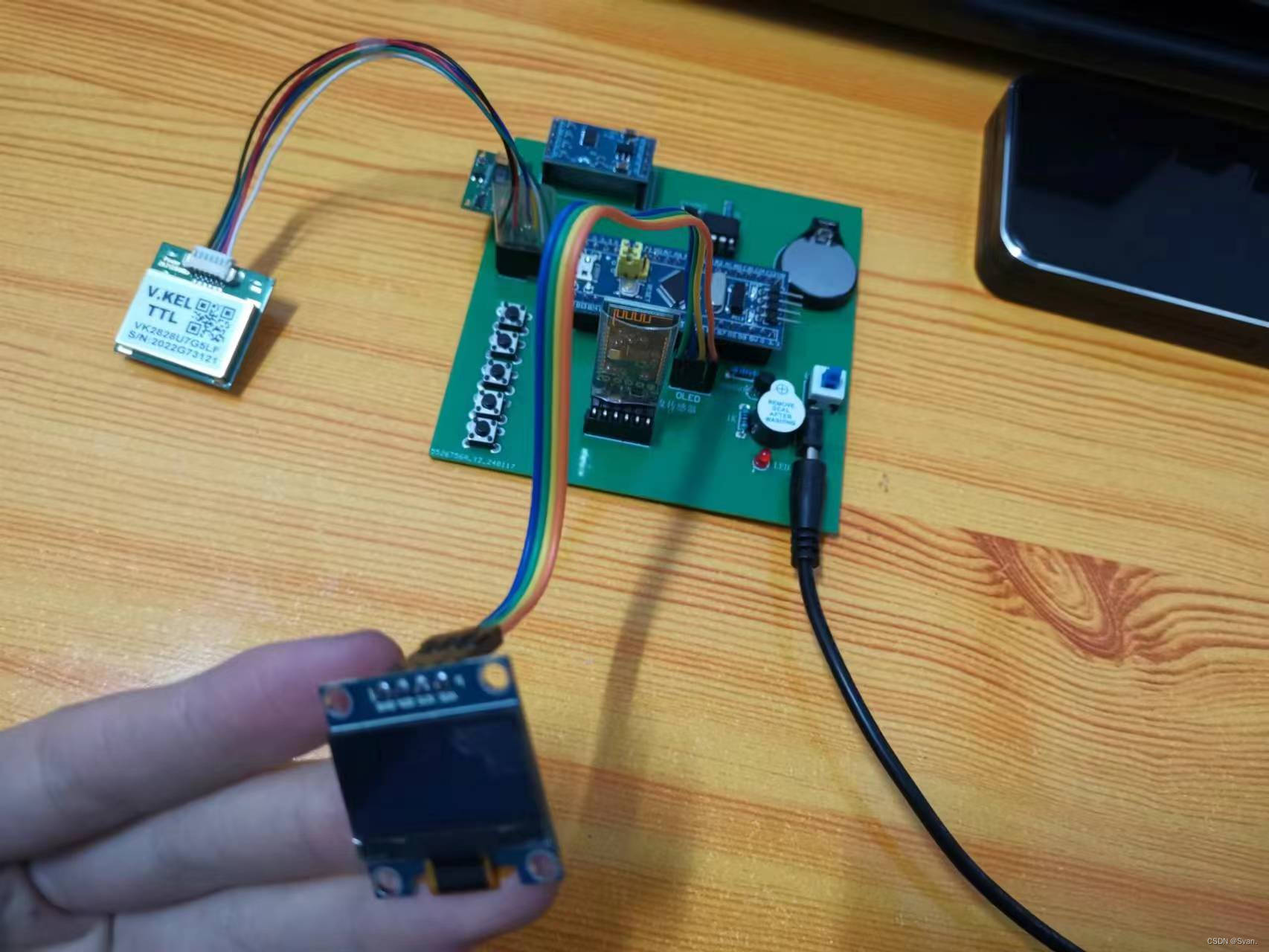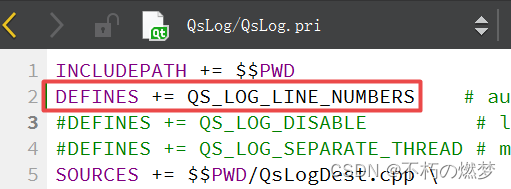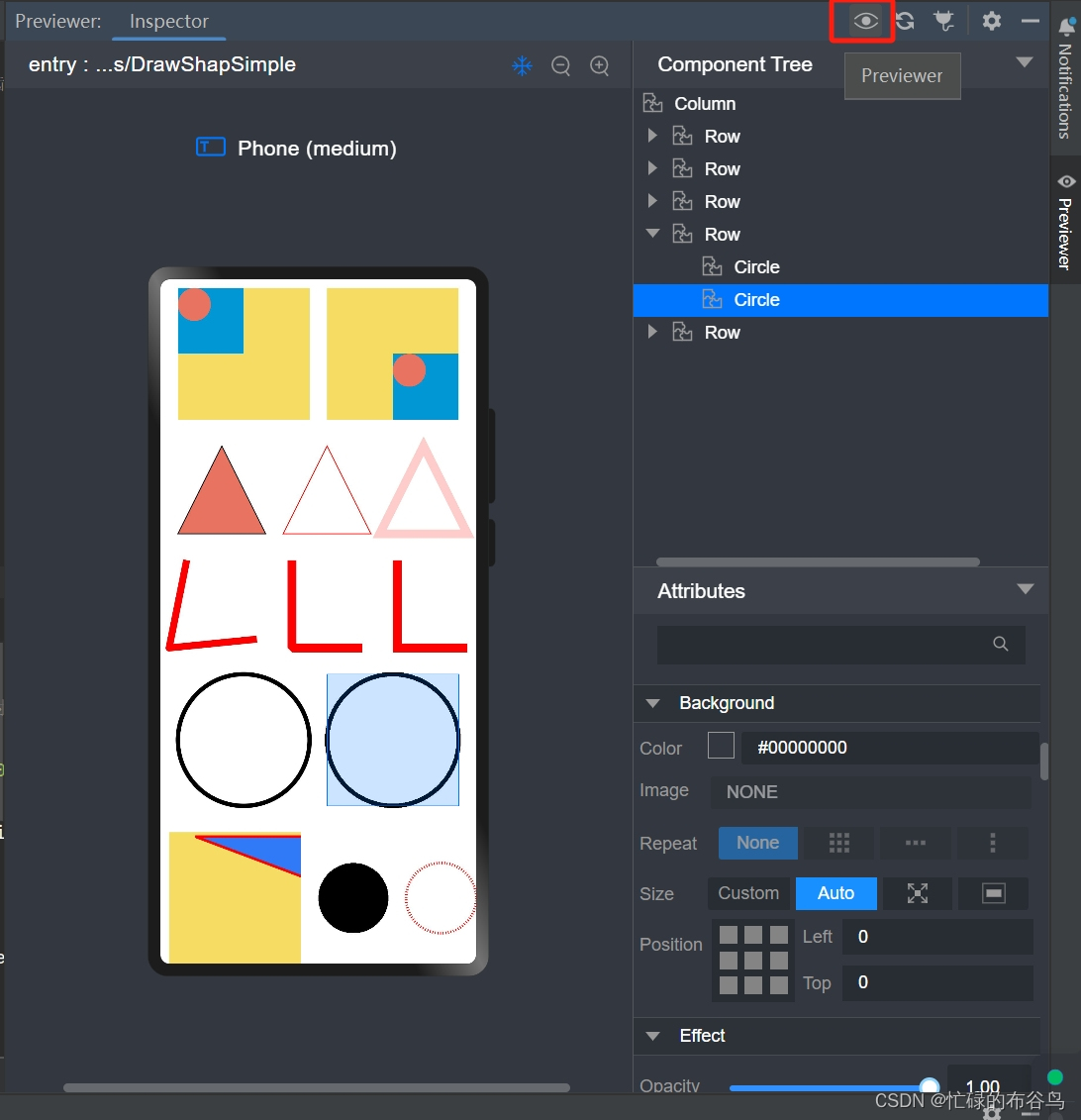1:在平常的开发工作中,我们可能会用到不同的设计模式,合理的使用设计模式,可以提高开发效率,提高代码质量,提高系统的可拓展性,今天来简单聊聊工厂模式。
2:工厂模式是一种创建对象的设计模式,平常我们创建对象可能使用new来创建,使用工厂模式,我们可以通过调用工厂类的静态方法或者实例方法来创建对象。
抽象产品:主要是父类或者接口,定义了需要实现的方法
具体产品:实现类,实现父类或者接口的方法
工厂类:负责创建对象
3:简单示例:
抽象产品:定义一个动物接口,里面包含eat()方法:
package test.boot.factory;
public interface Animal {
void eat();
}
具体产品:定义两个类:Tiger和Sheep分别实现eat()方法
package test.boot.factory;
public class Sheep implements Animal{
@Override
public void eat() {
System.out.println("吃草");
}
}
package test.boot.factory;
public class Tiger implements Animal{
@Override
public void eat() {
System.out.println("吃肉");
}
}
工厂类:
package test.boot.factory;
public class AnimalFactory {
public static Animal create(String type) {
if (type.equals("tiger")) {
return new Tiger();
} else if (type.equals("sheep")) {
return new Sheep();
}
throw new IllegalArgumentException("Invalid Animal type: " + type);
}
}
4:客户端:调用实现
package test.boot.factory;
public class Test {
public static void main(String[] args) {
Animal animal1 = AnimalFactory.create("tiger");
animal1.eat();
Animal animal2 = AnimalFactory.create("sheep");
animal2.eat();
}
}
运行结果:
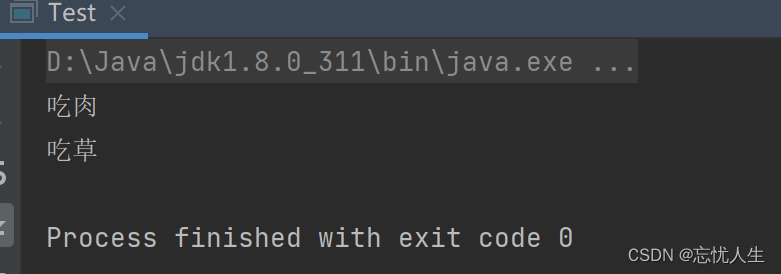
5:以上为工厂模式的简单示例。合理的使用,可以提高代码的可维护性和拓展性,隐藏了实现的具体细节,客户端只需要调用即可。
